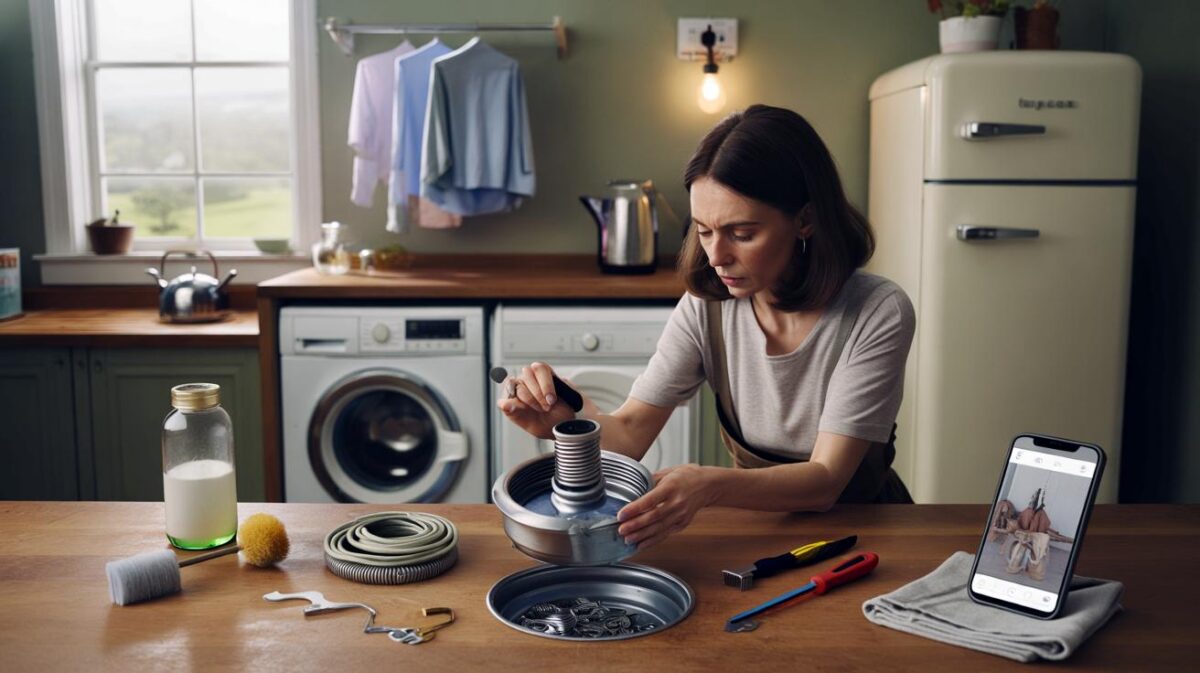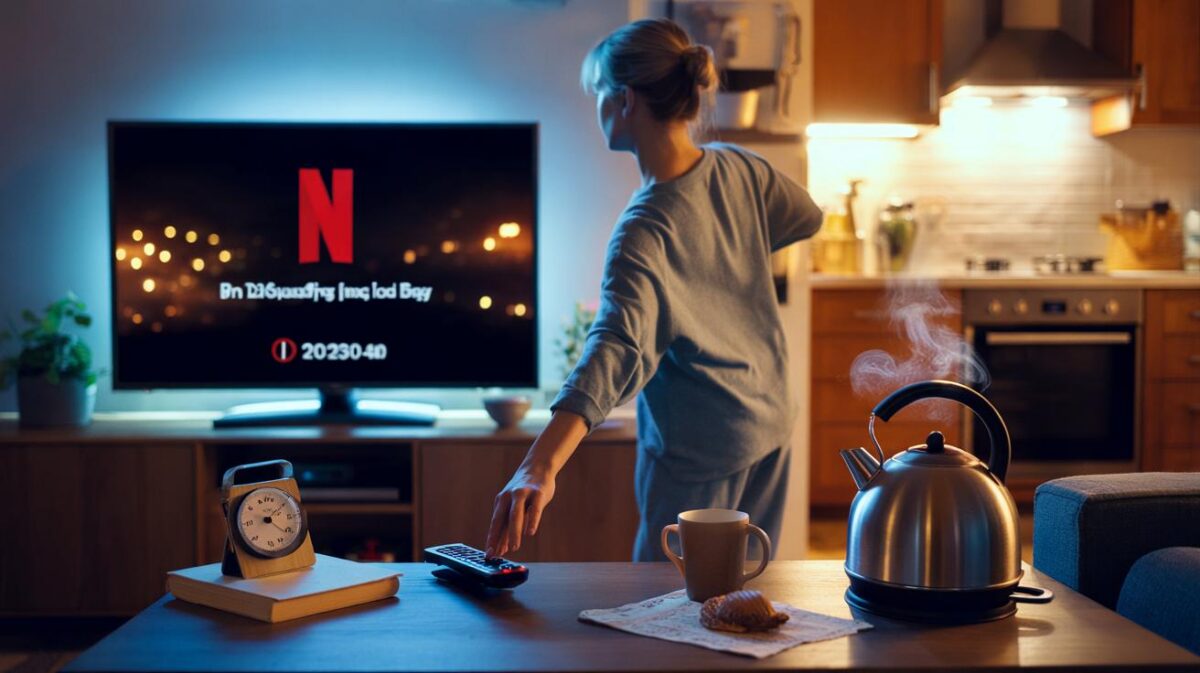A slick silver tube, a promise in tiny caps: “doctor-recommended.” The phrase nudges your brain the way a handshake used to — firm, reassuring, almost official. In the rush of a chemist’s aisle or a late-night scroll, who wouldn’t lean on a white coat to decide? We’ve all had that moment where a label feels like a shortcut to trust. The unsettling part is how easily that trust can be staged.
One woman pinched a serum box as if the cardboard itself could whisper reassurance. Another photographed the packaging, zoomed in on “recommended by dermatologists,” and sighed with relief. The white-coat aura did the heavy lifting.
Outside, a bus rolled past with a billboard: a scientist’s silhouette, a pipette, a promise. You could almost smell the lab. I caught myself believing too, the way your brain does when a narrative is tidy and the lighting is kind. Then a simple question cut through the gloss.
Recommended by which doctors, exactly?
The label that wears a white coat
“Doctor-recommended” feels like a verdict. It’s often a vibe. Brands know the halo effect: a title plus a lab shot primes us to suspend doubt. In the UK, marketing claims sit under the ASA and CAP Code, which expect credible evidence behind the fluff. Yet the phrase can slip through, broad as a net.
Here’s how it plays out on the ground. A brand hires a small panel of clinicians to try a moisturiser for a fortnight. The panel might include GPs, derm nurses, even PhDs in unrelated fields. A majority say they’d recommend it. The box gets its shiny line, and the ads get their white coats. Everyone sleeps well. Your skin, not always.
Truth sits in the specifics. “Doctor” isn’t “dermatologist,” and “recommended” isn’t “proven.” A paid consultancy group isn’t an independent medical body. UK regulators allow consumer-friendly language, but they expect robust substantiation for stronger claims like “clinically proven.” If a label leans on medical aura without matching evidence, it’s theatre in a lab coat. **That theatre can cost you time, money, and barrier function.**
How to read a skincare label like a pro (without a PhD)
Start with the front-of-pack promise, then flip it. Skim the INCI list for actives you actually recognise: niacinamide, retinoids, azelaic acid, benzoyl peroxide, vitamin C (L-ascorbic acid), ceramides. Scan for their position on the list. Early means more, late means trace. If it says “clinically proven,” look for a study reference, even a small one. No reference, no glory.
Now check the fine print. Is the “doctor” named? Does the panel disclose size, duration, and whether participants were paid? Does “recommended” mean “liked” or “clinically efficacious compared to baseline”? Language games matter. Let’s be honest: nobody really does that every day. If the usage instructions look like a boot camp schedule, park the hype and seek something kinder to your routine.
When in doubt, strip it back. Keep one active for one concern at a time. Patch test. Watch your barrier. Your face is not a petri dish for marketing departments.
“A label isn’t peer review. If a product works, the evidence doesn’t hide in the slogan,” a London consultant dermatologist told me.
- “Doctor-recommended”: often a small, brand-funded panel of mixed clinicians
- “Dermatologist tested”: usually means it didn’t cause chaos in a limited irritation test
- “Clinically proven”: should come with study details, not vibes
- “Doctor developed”: a clinician helped formulate; not a regulatory endorsement
- “Approved”: unless it names a regulator or charity, treat as marketing
Where the science ends and the story begins
Marketing isn’t evil; it’s a story. The trouble starts when stories wear stethoscopes they didn’t earn. In the UK, some claims get pulled when the evidence is wafer-thin or the sample is laughably small. Most fly under the radar because they skate just within the rules. That grey zone is where your budget disappears.
Manufacturers know you crave certainty in an aisle that’s noisy and bright. So they rent certainty with borrowed authority. A white coat here, a lab bench there, a chorus of “experts” whose credentials aren’t in skin. It’s not illegal to be persuasive. It is costly to be misled by reassurance dressed as data.
The alternative is less sexy and far more powerful: boring clarity. One concern per routine. One active at a time. Ingredients with public, peer-reviewed evidence. If a brand can show its study, even a tiny one, that’s a green flag. **If all it can show you is glow, walk on.**
What to do next, without binning your bathroom cabinet
Audit the words you’re paying for. Circle the claims on your current favourites and ask three things: what does each term mean in the UK under CAP Code? Where’s the evidence link or summary? Does the “doctor” claim identify a specialty? If the answers feel foggy, downgrade the product to “nice-to-have” and look for clarity elsewhere.
Build a tiny test routine. Two weeks, one change. Keep a notes app log: stinging, redness, breakouts, dry patches. Match each reaction to an ingredient, not the label claim. If a “doctor-recommended” cream calms your rosacea-prone cheeks, brilliant — keep it. If it itches, park the prestige and protect your barrier. Nobody gets a medal for finishing a jar that doesn’t love them back.
Ask real people, not just the box. Pharmacists are gold for over-the-counter triage. GPs can steer you when eruptions suggest something deeper. Charities like BAD (British Association of Dermatologists) and NHS pages lay out evidence in plain English. **When marketing turns up the volume, a quiet, credible source is a relief.**
“The best label is your skin over four weeks,” said a community pharmacist in Leeds. “Everything else is commentary.”
- Keep sunscreen non-negotiable, fragrance-light, and broad spectrum
- Introduce retinoids low and slow to dodge barrier tantrums
- Pair actives smartly: niacinamide plays well; vitamin C and acids can squabble
- Beware “instant” claims; skin biology runs on weeks, not minutes
- If a claim sounds like medicine, you may be reading a story, not a study
The messy middle where trust actually lives
The shocking truth about “doctor-recommended” labels isn’t that they lie; it’s that they’re built for persuasion, not for you. Some are honest, grounded, even helpful. Some are smoke rings with Latin names. In between lives your routine, your budget, your texture on a Tuesday morning.
Real trust grows in the gaps: a product that shows its data, a routine that gives your skin time to speak, a brand that doesn’t cosplay the NHS. Share what worked, and what didn’t. Ask the awkward question in the aisle. Read the back before the front. The glow you want doesn’t live in a slogan — it lives in small, boring, brilliant decisions you repeat until they become yours.
| Key points | Detail | Reader Interest |
|---|---|---|
| “Doctor-recommended” is elastic | Often based on small, brand-funded panels or broad “doctor” definitions | Reframes trust and saves money on hype |
| Evidence beats aura | Look for INCI, study mentions, and clear outcomes over staged lab imagery | Helps pick products that actually change skin |
| One change at a time | Two-week trials, notes, patch testing, barrier-first thinking | Practical, low-risk way to find keepers |
FAQ :
- Does “doctor-recommended” mean a dermatologist approved it?Not necessarily. “Doctor” can mean many specialties, and sometimes none are skin-focused.
- Are these labels regulated in the UK?Yes, by the ASA/CAP Code. Claims need evidence, but phrasing can be broad and still compliant.
- Is “dermatologist tested” better than “dermatologist recommended”?Different idea. “Tested” often means assessed for irritation; it doesn’t promise results.
- What words signal stronger proof?“Clinically proven” with a study reference, quantified results, and clear methodology.
- Which red flags should I spot fast?Vague expert titles, zero study details, miracle timelines, and lots of lab theatre without data.








